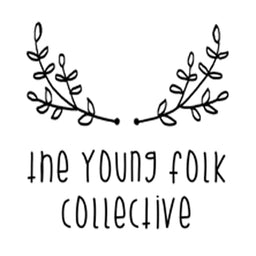When choosing the right play mat for your baby, the most important thing to ask is - Is this baby mat suitably safe for babies?
The thing is - you won't be able to determine this by reading the safety page on a play mat brands website unless you know what you're looking for!
This article will help guide you through the factors that make up a safe/non-toxic baby play mat. The information will help you shop with confidence, knowing that you are making the right choice for your baby.
What makes a baby play mat safe?
A baby play mat, or any other baby toy for that matter should be independently tested to any applicable Australian Standards to determine if it is safe for your little one to use.
For a baby play mat, safety should be broken down into two categories.
1) The materials that are used and, are they non-toxic?
2) Shock absorption of material - for all those trips and falls in the early years.
Are there any mandatory Australian Standards for Baby Play Mats?
The short answer is No - currently, there are no applicable mandatory Australian Standards that cover baby play mats.
However, this does not mean that all play mats are safe! It merely means that we have to determine this for ourselves.
The only applicable voluntary Australian Standard for baby play mats is AS/NZS ISO 8124.1:2002 : 'Toys for children up to and including 36 months of age'. This standard outlines the safety guidelines of toxic material not to be used in toys as babies and young children often place toys in their mouth to explore them by sucking, mouthing and chewing on them. This standard can also apply to playmats.
As most baby mats are manufactured outside of Australia it is most unlikely that the material is tested to this Australian Standard, however an excerpt from a report conducted by ACCC (Australian Competition and Consumer Commission) on the 'Review of mandatory safety standards for children's toys' states the following :
"The European standard (EN 71) is more rigorous in its requirements than the updated voluntary Australian standards (AS/NZS ISO 8124)) for migration of certain elements and finger paints, and it provides an acceptable level of consumer safety."
Simply put, EN71 is the 'gold standard' in determining the safety requirements for non-toxic materials for baby toys.
EN-71 is what most safe baby play mats are tested to, including our baby play mats here at The Young Folk Collective.
The Shock Absorption of Play Mats

In the early months of a baby's life, a lot of time is spent on a play mat. The mat should provide a safe environment by providing enough cushioning and support when the inevitable trip and fall occurs.
Here at The Young Folk Collective, we found that the perfect material for this is TPU (Thermoplastic Polyurethane). It is extremely durable yet has great cushioning. TPU is also used in most high-end memory foam mattresses.
What question should you ask companies to determine if their play mats are safe?
A company should quickly tell you what material and Safety Standard their mats have been tested to. If they are unable to, then this is a red flag, and you should proceed with caution.
A safe mat will not contain the following
- PVC (Polyvinyl Chloride) - is what traditional foam play mats are typically made from and some cheaper mats on the market today.
- EVA (Ethylene-vinyl acetate) foam - You will find this material in typical puzzle piece play mats and are deemed toxic as it contains formamide.
- BPA (Bisphenol A)
- Lead and other metals
More information from the experts can be found over on this great article "How to promote your baby's development".
In summary
Researching the above will provide your baby with the safest playtime! You will find this time well worth it in selecting a play mat.
Are you ready to make an investment into your baby? Find what you're looking for with our full range of play mats.

